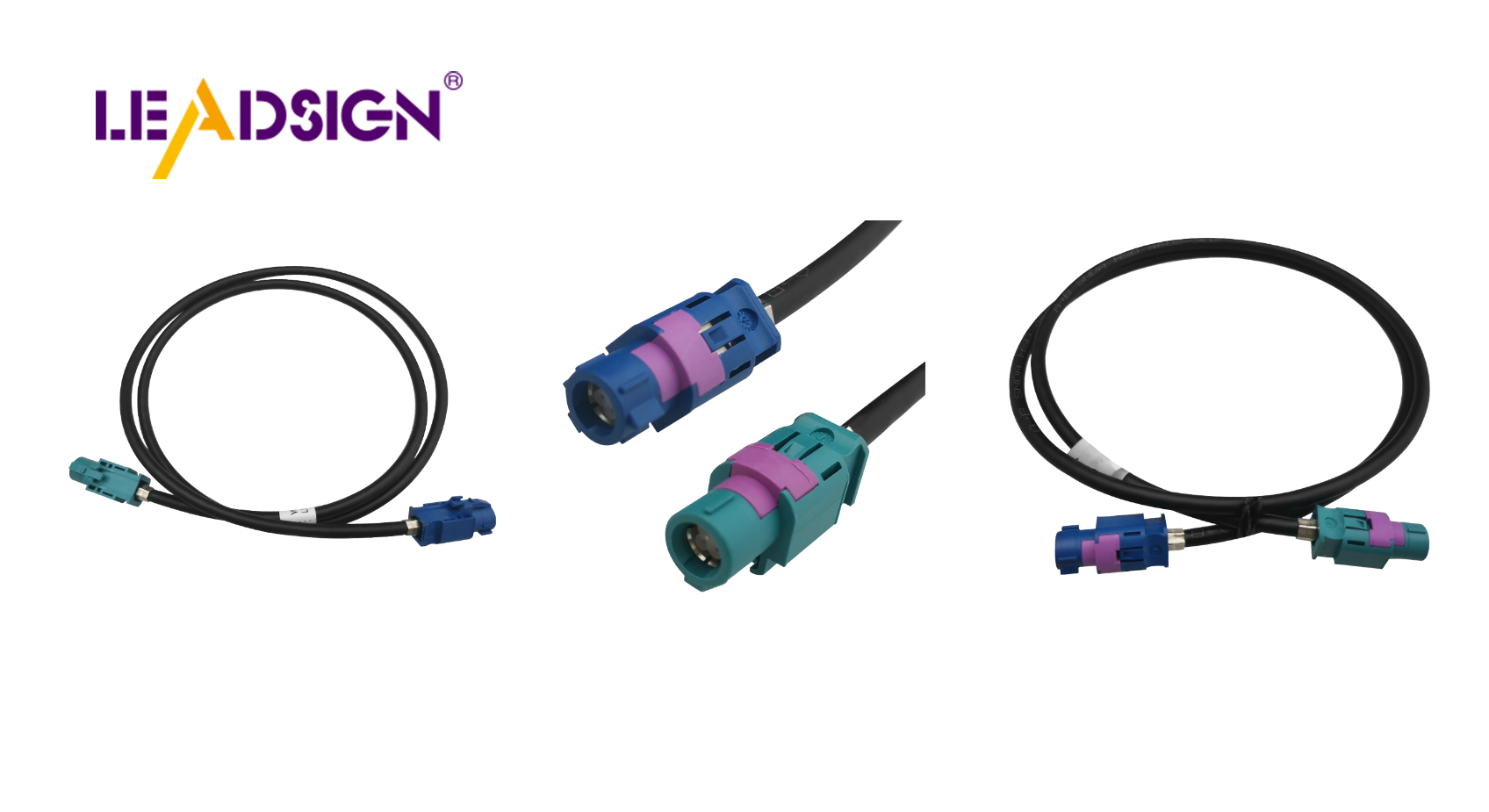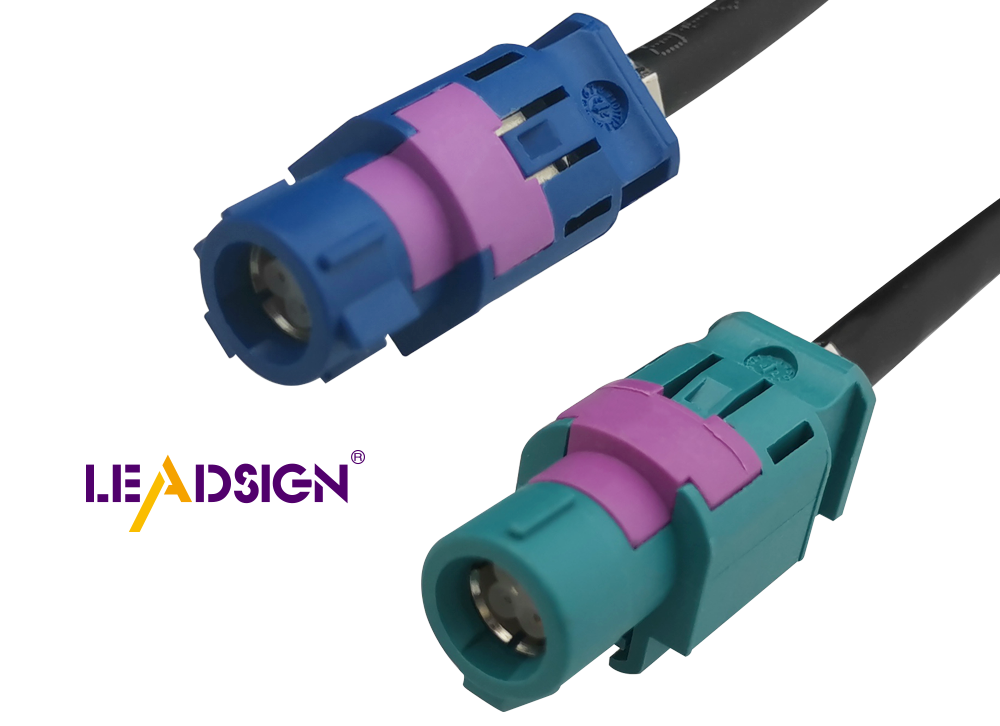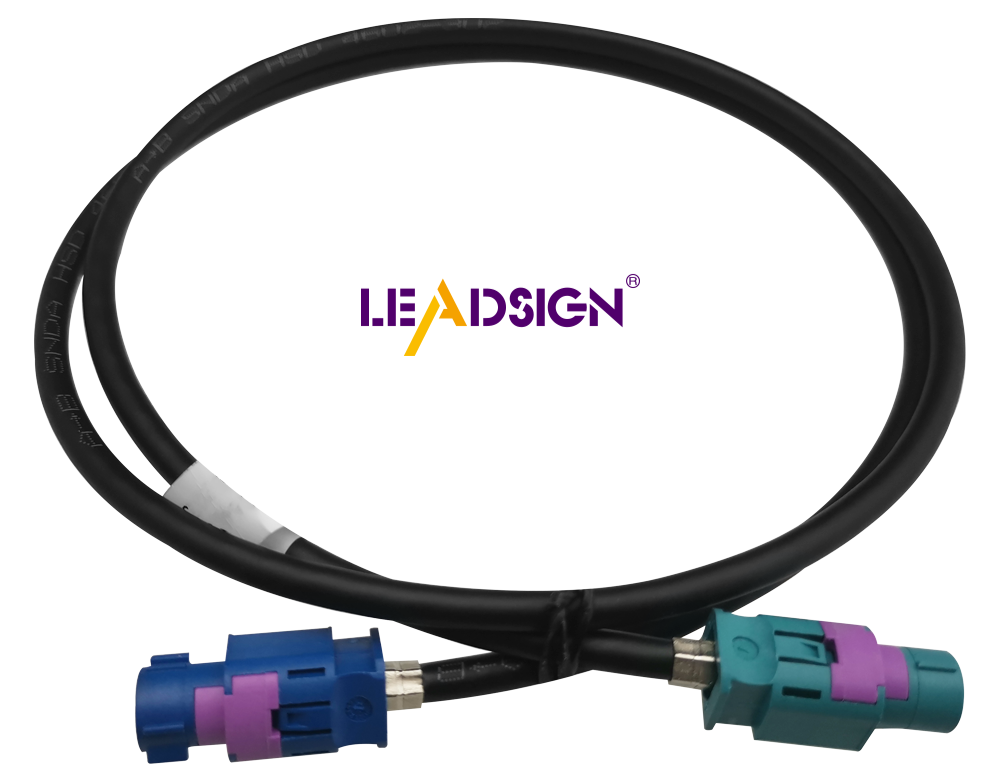How to Identify Automotive Wiring Connector Types for Replacement

Finding the right automotive electrical connectors types is crucial for your car. These connectors play a vital role in linking various parts, ensuring a smooth flow of power and signals. When connectors break or malfunction, it can lead to significant issues. In fact, around 45% of car problems stem from faulty connections. If you notice exposed wires, bent pins, or hardened shells, it may be time to replace the connectors. Recognizing these signs promptly allows for quick troubleshooting and ensures optimal performance of your vehicle.
Understanding Automotive Electrical Connectors Types

Knowing about car electrical connectors is important. These connectors help your car's systems work well. Let's look at the types, materials, and uses of these connectors.
Types of Connectors
Blade Connectors Blade connectors are flat and slide into slots. They are easy to use in cars and fit securely. They connect circuits that need frequent unplugging.
Pin Connectors Pin connectors have pins that go into sockets. They are used in car wiring for stable connections to send signals and power.
Bullet Connectors Bullet connectors look like bullets with male and female parts fitting together like a plug and socket. They are good for things like car audio where you unplug often.
High-Speed Data Connectors High-speed data connectors, such as the HSD Connector, send fast data in car electronics. They are used for USB, infotainment, and Ethernet networks needing strong performance.
Connector Materials
Plastic Connectors Plastic connectors are light and don't rust easily. They're used where there's moisture or chemicals, fitting tight spaces in cars.
Metal Connectors Metal connectors last long and conduct electricity well. They're good for high-power needs like battery charging due to their strong build.
Connector Functions
Power Connectors Power connectors handle lots of current to spread power through the car efficiently, crucial for parts like the alternator or battery.
Signal Connectors Signal connectors move data between electronic parts, vital for engine management or safety features, keeping the car working safely.
Knowing these connector types helps when fixing or changing them in your vehicle so it stays reliable.
Steps to Identify Wiring Connector Types

Finding the right car electrical connectors is key for your car's health. Here are some easy steps to help you find these connectors.
Look Closely
Check Connector Shape First, look at the connector's shape. Different car connectors have unique shapes. Blade ones are flat, pin ones have sticking-out pins. Bullet ones look like bullets. High-speed data ones can be tricky in design. Knowing these shapes helps you pick the right connector.
Know Connector Colors Colors help find out what a connector does in cars. Makers use colors to show what each connector is for or if they fit together. Power connectors might be red, and signal ones could be yellow. By knowing these colors, you can quickly know what the connector does and get the right one.
Use Catalogs
Maker Catalogs Maker catalogs are great for finding car electrical connectors types. They give details about each connector like shape, color, and pin setup. By using these catalogs, you can match your old connector with a new one easily. Many makers have online catalogs so you can check them anywhere.
Online Help The internet has lots of info on car electrical connectors types. Repair websites often let you search by pin count or color to find connectors fast and easy for your car needs.
Check Car Manuals
Find Your Manual Your car’s manual is super helpful for finding electrical connectors types in cars with diagrams and details inside it.
Learn from Diagrams Once you have it, look at the diagrams closely showing how all parts connect together in your vehicle’s system so that when comparing them against existing connections ensures correct replacements preventing future issues later on down road ahead!
"Spotting an automotive pigtail connector needs sharp eyes," says the Connector Experts Team who stress using trusted brands ensuring safe repairs always happen correctly every time needed most importantly too!
By doing this stuff above confidently identify needed auto electric parts better understanding whole system overall!
Things to Think About for Replacement
When changing car electrical connectors, think about a few things. These help keep your car's electrical system working well and safely.
Fit
Matching Connector Types
Make sure the connector types match. Different connectors do different jobs. Using the wrong one can cause problems. For example, using a blade connector instead of a pin one might not hold well. Always check the type by looking at the old one or reading the car manual.
Material Match
Material is important when picking new connectors. Car connectors are made of plastic or metal. Plastic ones are light and don't rust, good for wet places. Metal ones last long and carry electricity well, great for strong power needs. Make sure the new connector material is like the old one to avoid trouble.
Unknown, Connector Replacement and Safety Expert says, "Picking the right material keeps your car's electric parts safe and working."
Needed Tools
Tools to Remove Connectors
Having good tools makes changing easier. Tools for taking out connectors help remove them without harm to wires or other parts. They fit many types of car connectors for clean removal.
Tools to Install Connectors
Tools for putting in connectors matter too. They help attach new ones right. Crimping tools make tight fits needed for steady connections. Have the right tools for each connector type you use.
Safety Steps
Unhooking the Battery
Safety comes first always! Before touching any car electrical parts, unhook the battery. This stops short circuits and protects from shocks. Make sure the car is off and keys are out.
Safe Handling of Electrical Parts
Be careful with all electric parts. Don't touch bare wires or pins directly. Use tools with covers to lower shock risk. By being careful, you stay safe and keep your car's electric system working right.
By thinking about these points, you can change car electrical connectors confidently, keeping your vehicle safe and reliable.
Finding and changing car wiring connectors needs some steps. First, look at the connector's shape and color. Use catalogs and online help to match them right. Always check your car's manual for correct diagrams. To replace well, make sure type and material fit. Use proper tools and follow safety rules.
"At Connector Experts, we focus on top car connectors. Our team helps find the best pigtail connector for your car."
If unsure, ask experts to ensure safe and good repair.
See Also
Exploring Ford Fakra Connector Essentials
Essential HSD Connector Insights for Automotive Sector
Significance of Modern Vehicle Fakra Connectors

